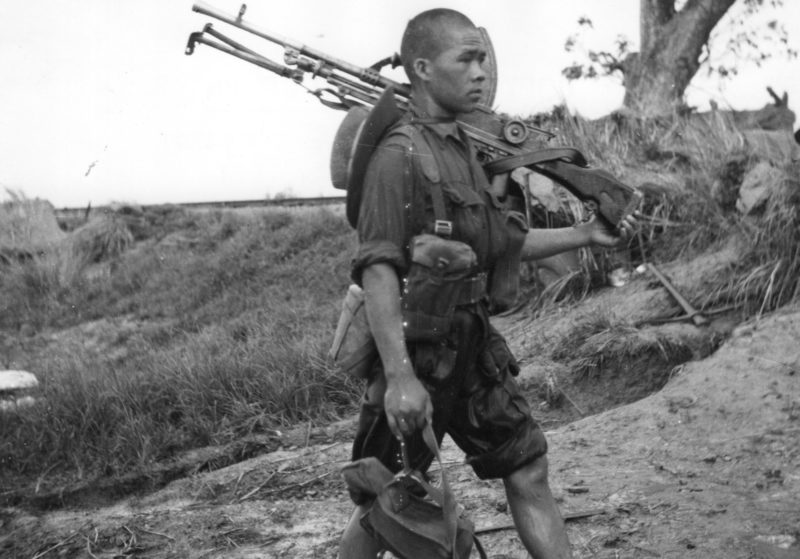To Burma and 14th Army

To Burma and 14th Army
In early 1942, the situation in Burma looked very bleak indeed. An ill-advised decision by General Alexander, the newly appointed commander on the ground, to try to hold Rangoon, nearly led to the capture of his entire HQ and a substantial force. Alexander quickly realised that he needed a Corps Commander to fight the battle while he concentrated on the wider political and logistical challenges. On the advice of his staff he asked for Slim (who he did not know). By happy coincidence, London had also decided that a Corps Commander was needed and Slim’s name was being considered. The newly appointed Vice Chief of the General Staff, General Nye, had noted Slim’s talent at the Staff College, Camberley and argued for him.
So it was that, with old colleagues from 1/6GR David (Punch) Cowan and Bruce Scott serving under him as Divisional Commanders, Slim was appointed to command 1st Burma Corps. Through the difficult fighting retreat to India, Slim’s leadership was instrumental in keeping the ill-equipped and inadequately trained Corps from disintegrating.
Throughout the retreat Slim was determined to regain the initiative and offer his beleaguered Corps an opportunity for a victory, however small, to build their morale and destroy the myth of Japanese invincibility. His soldiers needed to believe in themselves and to learn to be as adept at operating in the difficult jungle terrain as were their opponents.
Having ensured that the withdrawal from Burma was as orderly as possible and did not turn, as it so easily could have done, into a rout, Slim was given command of XV Corps and was subsequently involved in the unsuccessful campaign in the Arakan, where he further developed his views on jungle warfare, and honed the concept of air-supplied, defensive ‘boxes’ from which offensive operations could be launched. Although the Arakan campaign was unsuccessful, it led to the dismissal of the Eastern Army’s Commander, General Noel Irwin, and his replacement by Slim at the head of a redesignated 14th Army.
In early 1944 Slim had greater success against the Japanese in Arakan, and then successfully repelled their attempted invasion of Northern India, with the extraordinary defence of Imphal and Kohima. Through to May 1944, Slim’s 14th Army was able to hold off wave after wave of Japanese attacks, overstretching and exhausting his opponents, who finally withdrew.
Slim spent much of the rest of 1944 planning his army’s counteroffensive into central Burma, which began in December 1944. Taking full advantage of the abilities of his re-energised soldiers and his headquarters’ proven skill with logistics and air support, Slim was able to direct a force to rapidly cross the Irrawaddy River at Pakokku and then direct Cowan’s 17th Indian Division to advance on the key central-Burmese city of Meiktila, catching the defending Japanese forces off-guard. Despite frantic attempts by the Japanese to retake Meiktila, Cowan’s forces remained in control, whilst other 14th Army units captured the city of Mandalay, and by April 1945 the 14th Army was heading south towards Rangoon, which officially fell on May 2nd.

